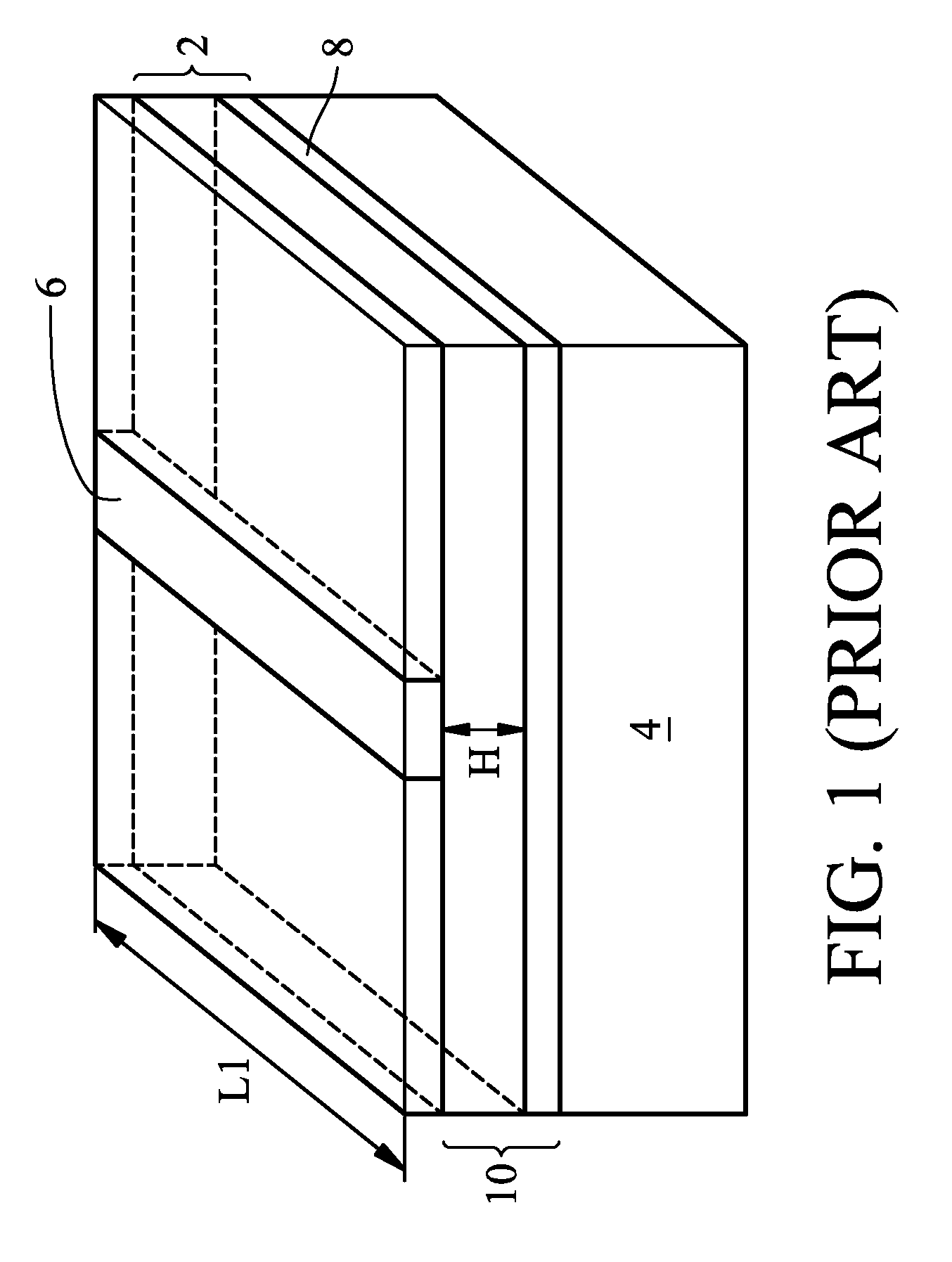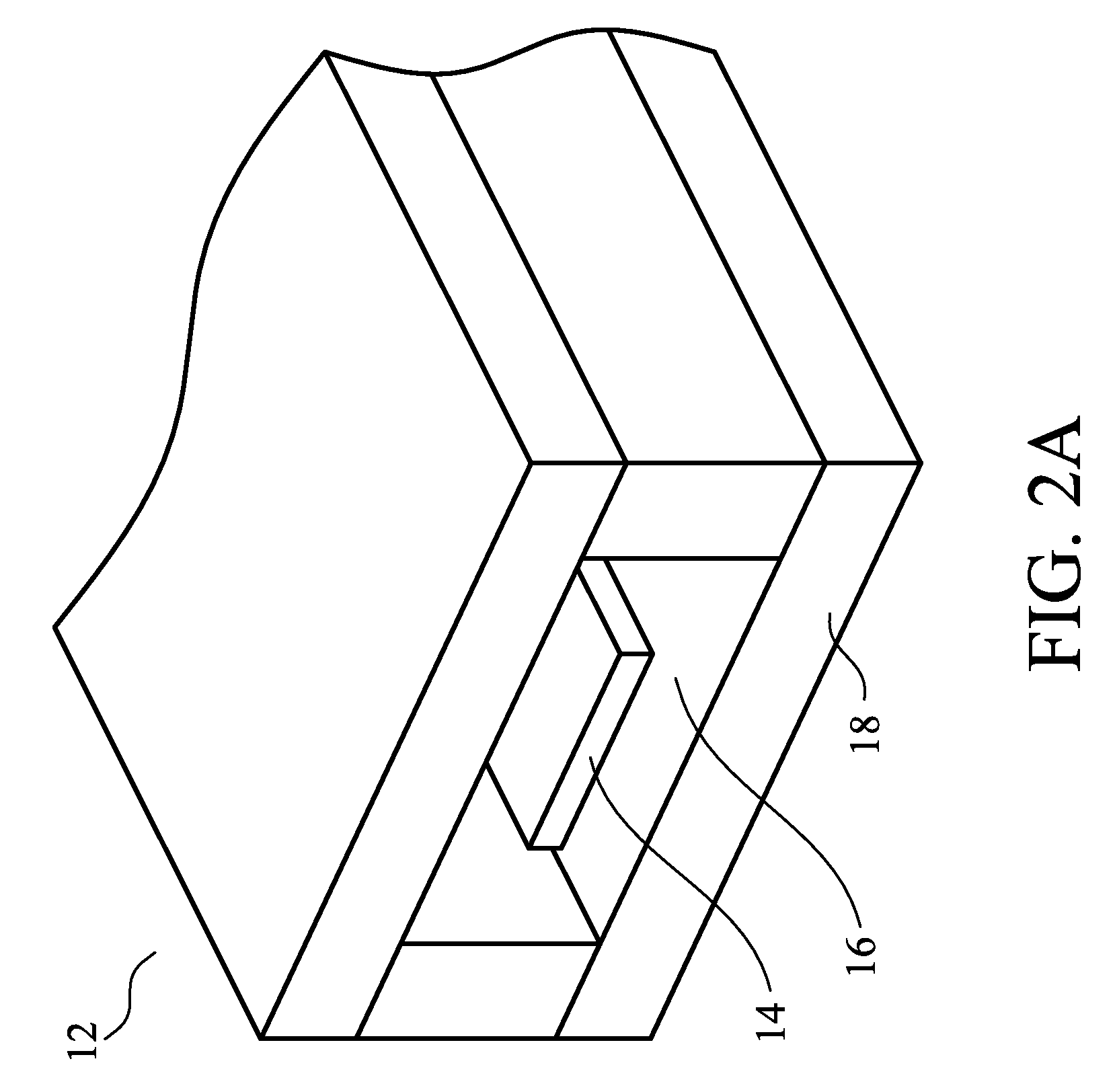Slow-Wave Coaxial Transmission Line Formed Using CMOS Processes
- Summary
- Abstract
- Description
- Claims
- Application Information
AI Technical Summary
Benefits of technology
Problems solved by technology
Method used
Image
Examples
Embodiment Construction
[0022]The making and using of the presently preferred embodiments are discussed in detail below. It should be appreciated, however, that the present invention provides many applicable inventive concepts that can be embodied in a wide variety of specific contexts. The specific embodiments discussed are merely illustrative of specific ways to make and use the invention, and do not limit the scope of the invention.
[0023]Since conventional unshielded transmission lines suffer from high-energy loss, coaxial transmission lines were developed for more efficient signal transmission. U.S. patent application Ser. No. 12 / 023,184, which is incorporated herein by reference, discloses coaxial transmission line 12, as shown in FIGS. 2A and 2B. FIG. 2A is a perspective view, while FIG. 2B is a cross-sectional view, of coaxial transmission line 12. Signal line 14 is surrounded by dielectric material(s) 16. Encircling dielectric material(s) 16 is ground line 18, which forms a solid metal shield for s...
PUM
 Login to View More
Login to View More Abstract
Description
Claims
Application Information
 Login to View More
Login to View More - R&D
- Intellectual Property
- Life Sciences
- Materials
- Tech Scout
- Unparalleled Data Quality
- Higher Quality Content
- 60% Fewer Hallucinations
Browse by: Latest US Patents, China's latest patents, Technical Efficacy Thesaurus, Application Domain, Technology Topic, Popular Technical Reports.
© 2025 PatSnap. All rights reserved.Legal|Privacy policy|Modern Slavery Act Transparency Statement|Sitemap|About US| Contact US: help@patsnap.com



